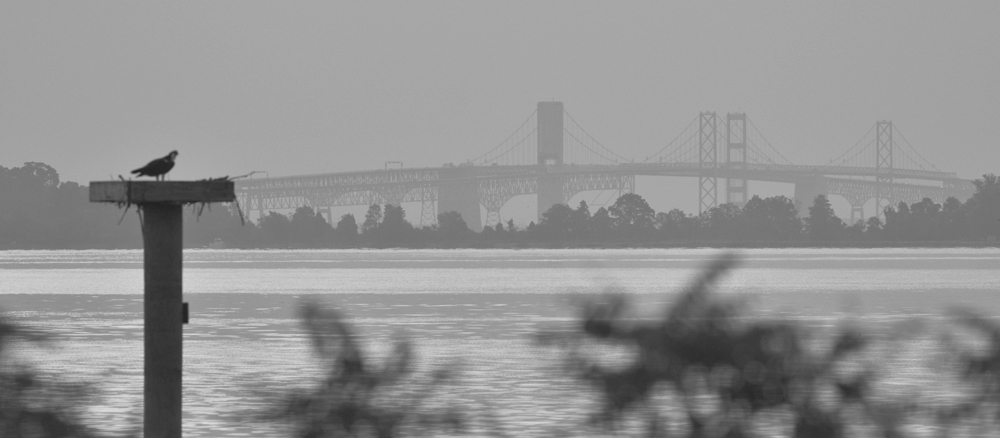It was cloudy this morning, so I didn’t get to Terrapin until nearly 7:00. It started clearing up right away, so my timing was good.
There was plenty of migrant activity, but they were moving quickly and I didn’t get as many good images as I wanted. There were very few wading birds, which seems a little odd to me.
I stopped by Sandy Point on the way home and found a few Terns, which are beginning to be a favorite.

Seagull, goofing on the beach.

This Laughing Gull was bathing at Sandy Point.

Only a few Royal Terns are at Sandy Point.

About 10 Caspian Terns are spending time at Sandy Point.





This Barn Swallow was flying in an oval pattern, so I was able to get some flight shots.

I found this Brown Thrasher at Terrapin.


This Red Eyed Vireo is probably a migrant.


American Redstarts are still appearing in large numbers.



The poor light make this Yellow Warbler look too dark.


This is only my second Wilson’s Warbler, and the last one was at Terrapin as well.


































































